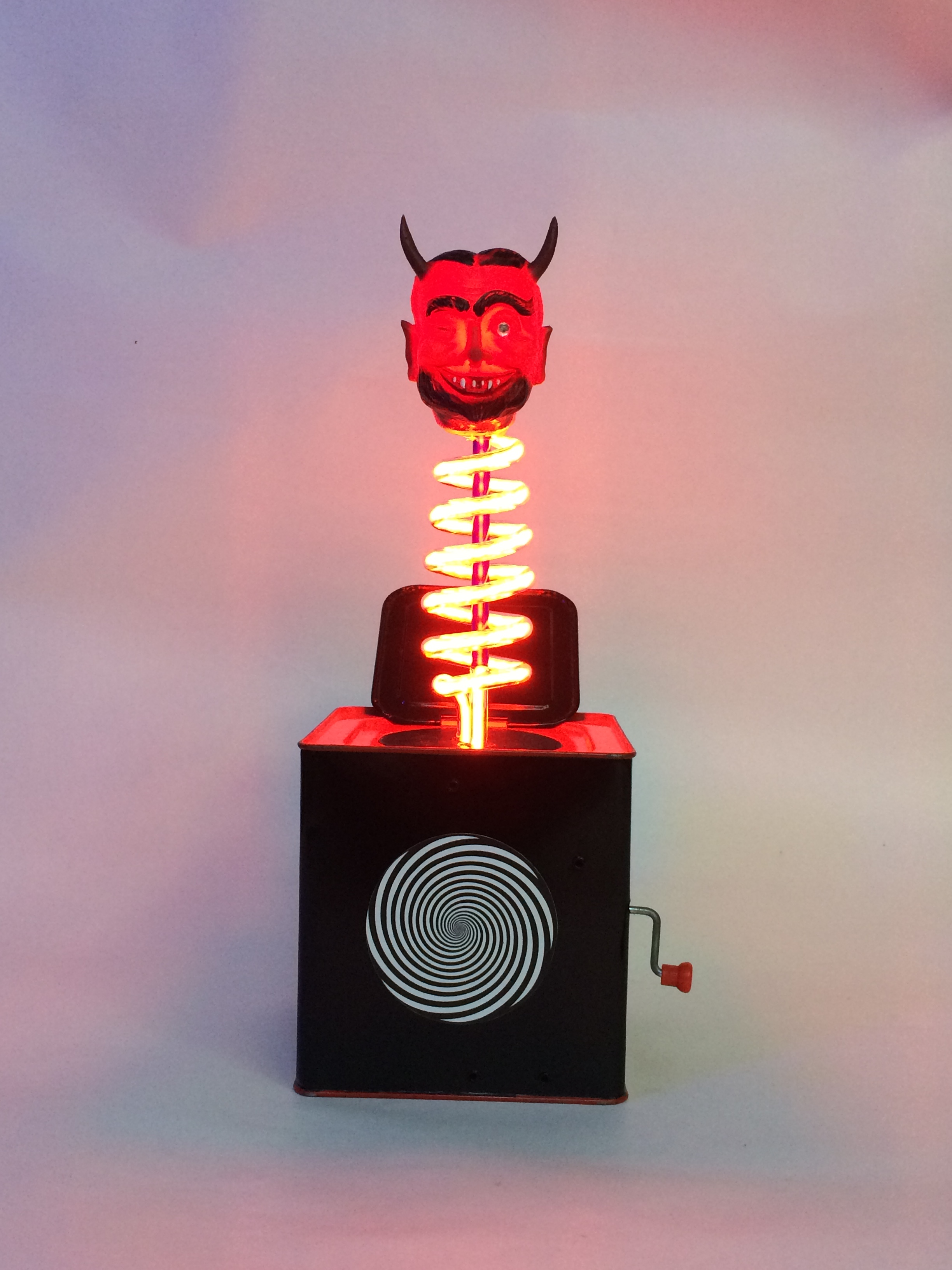
In the early 1500s, the first jack-in-the-box was made by a German clockmaker known as Claus. There he used the term as an insult to describe a swindler who would cheat tradesmen by selling them empty boxes instead of what they actually purchased. The phrase jack-in-the-box was first seen used in literature by John Foxe, in his book Actes and Monuments., first published in 1563. In French, a jack-in-the-box is called a " diable en boîte" (literally "devil in a box"). According to folklore, he once cast the devil into a boot to protect the village of North Marston in Buckinghamshire. National Toy Hall of Fame, where are displayed all types of versions of the toy, starting from the beginning versions, and ending with the most recently manufactured versions.Ī theory as to the origin of the jack-in-the-box is that it comes from the 14th-century English prelate Sir John Schorne, who is often pictured holding a boot with a devil in it. In 2005, the jack-in-the-box was inducted into the U.S. Many of those that use " Pop Goes the Weasel" open at the point in the melody when the word "pop" would be sung. Some jacks-in-the-box open at random times when cranked, making the startle even more effective.

After the crank has been turned a sufficient number of times (such as at the end of the melody), the lid pops open and a figure, usually a clown or jester, pops out of the box.

When the crank is turned, a music box mechanism in the toy plays a melody. A jack-in-the-box is a children's toy that outwardly consists of a music box with a crank.


 0 kommentar(er)
0 kommentar(er)
